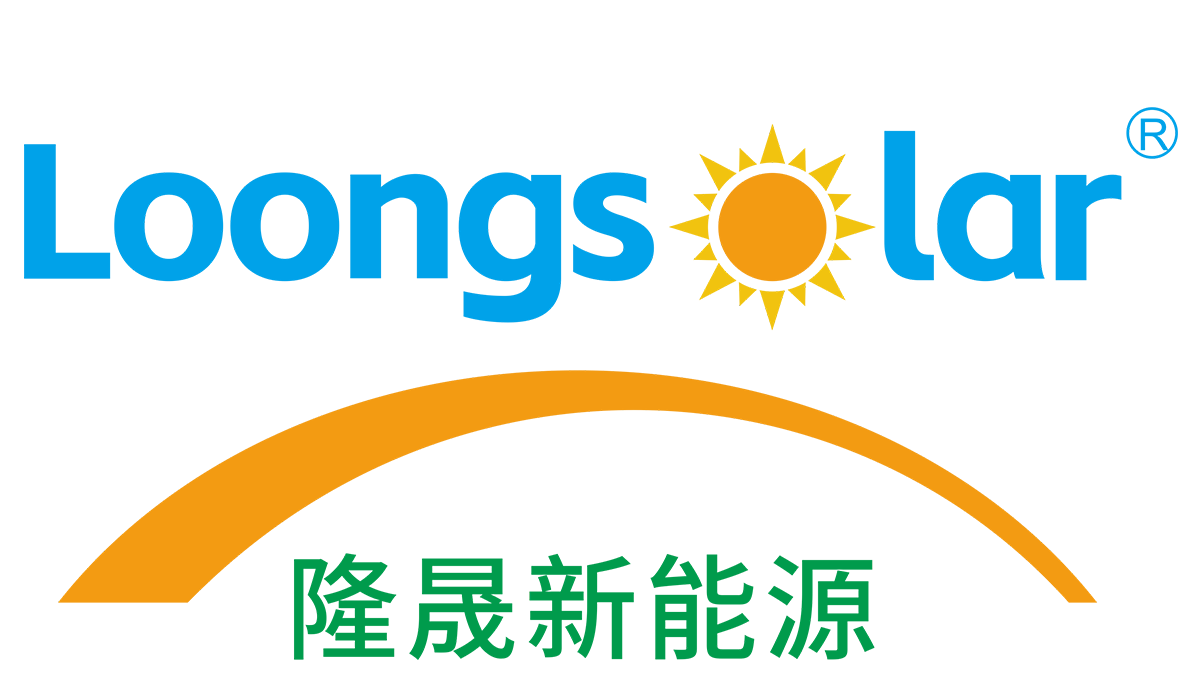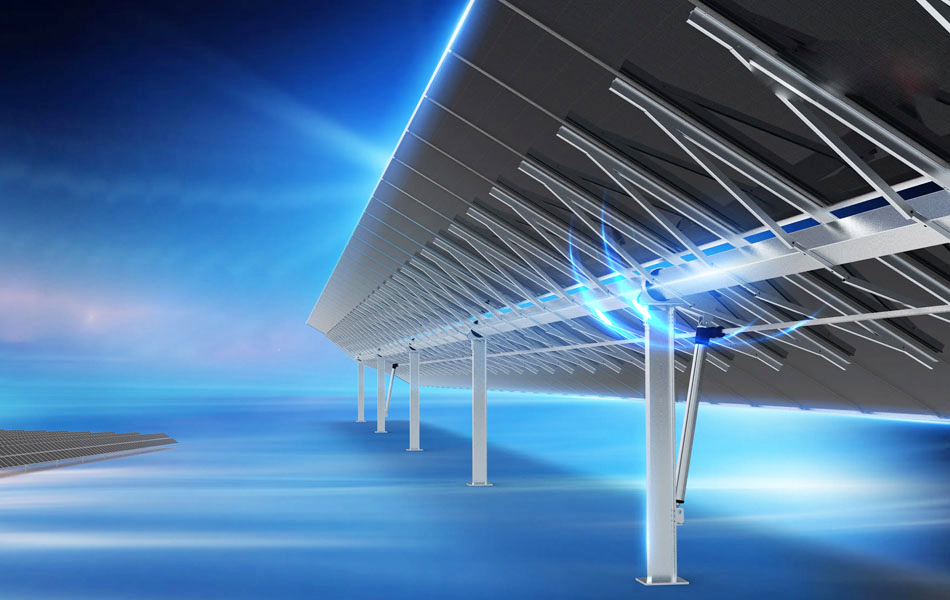Innføring i Industrielle Solmonteringsystemer
Effektive og bærekraftige energiløsninger er nøkkel til å støtte raske utviklingsprosjekter innen industri. Derfor er solpanelmonteringsystemer avgjørende for å øke energiproduksjonen og forebygge nedbryting av solinstallasjoner. Løsningene fungerer som rammen for installasjonen av solceller og er spesielt viktige for industrielle prosjekter. Med et økende behov for solprosjekter, er de avgjørende for å studere og invitere i. Følgende er avgjørende faktorer og viktige overveielser ved å invitere i avnettungde løsninger for solprosjekter.
Definisjon av tunge løsninger for store prosjekter
Tunglaste kommersielle solracking-systemer er bygget for å håndtere store skala solutviklinger for økt styrke og lenger holdbarhet. Disse oppsettene er avgjørende i områder som opplever kraftig vær, som mye snø eller høy vind som kan presse tungt på solpanelene. Faktisk, ifølge US Department of Energy, kan godt designede solmonteringsystemer legge til 20 til 30 år med livstid til et solsystem. Denne holdbarheten er nøkkelen for å forhindre avbrytelser i energiforsyningen og minimere vedlikeholdsomkostningene.
Hvorfor industrielle prosjekter krever spesialiserte monteringsløsninger
Kravene til industrielle prosjekter er ofte ikke helt klare når det gjelder montering av solapplikasjoner. Stedsspesifikke omstendigheter, som terrengforskjeller, klimaoverveiegelser og størrelsen på solsystemet, stiller individuelle utfordringer i slike prosjekter. «Videre er veldning og produksjon på lokalt nivå underlagt mange forskjellige lover og regler, noe som gjør det vanskelig for produsenter å holde tritt med de nyeste standardene for hvert prosjekt.» En skreddersydd løsning er nødvendig, ikke så mye for å maksimere energiproduksjonen, men en tilpasset design kan forfinnes slik at den ikke bare reduserer installasjonskostnadene, men også oppsettstiden. Derfor er det avgjørende å stole på faglig erfaring i tilfellet med industrielle solsystemer for å oppnå riktig resultat.
Typer og design av industrielle solmonteringsystemer
Jordfast monteringsløsninger for solceller
Fastmonterte solpanel-løsninger er en fremragende alternativ for store installasjoner. Disse panelene kan være fikserte eller justerbare for å oppnå optimal solfangst, og de blir ofte montert i åpne områder. De lokkere sluttbrukere med forbedret vedlikeholds- og reperasjonslettighet, noe som tillater raskere identifisering og løsning av problemer. Fastmonterte solpanel-racking-systemer kan også være en kostnadseffektiv løsning på solgårder, hvor installasjonen av takbundne fotovoltaiske systemer kan være forbudelsesmessig dyre. Lokale installatører bygger solsystemer med tilpassede stolpe-monteringer eller racking-systemer for å passe best mulige plassering. Monteringssystemer er fleksible og kan monteres på ulike terræner, inkludert flatte områder eller bakker med irregulære former.
Flytende sol-PV-systemer for vannreservoarer
En unik måte å utnytte solenergi er gjennom flytende solcellssystemer, som bruker den underutnyttede overflaten av vannkropper. Denne typen installasjon har flere fordeler, en av de mest merkbare værende potensialet til å øke solenergiforbruket mer enn tre ganger uten å ta i bruk jord. Likevel betyr det bare at det spare jorda - vannoverflaten, på grunn av skyggene kastet av solcellspanelene, har lavere fordamningsrater og støtter ikke algeforplantning. På grunn av potensialet til å utnytte vannkropper, har denne metoden fått mye oppmerksomhet, og bruken av den vokser ekspontielt over hele verden. Med tanke på behovet nå å bruke de åpne områdene på mest effektive måter mulig, er farmene installert på vannoverflaten et mye mer attraktivt valg, noe som lar oss bruke fri rom uten å skade miljøet.
Forbedret sporingsystem for maksimal effektivitet
Solenergiproduksjon transformeres av forbedrede sporingsystemer hvorved paneler kan følge solens bevegelse over himmelen hvert døgn. Dette kan øke mengden energi som produseres med mellom 20 og 40 % i forhold til enkelte statiske løsninger. Flere mennesker fortsetter å bruke enkeltaks- og dobbelaks-sporingsløsninger, og de kan lett justeres avhengig av været som endrer seg og andre miljøfaktorer. Analyser fra Nasjonalt Laboratorium for Fornybar Energi viser klart at innovative sporingsmetoder forsterker effektiviteten til sol-PV-systemer. Avanserte systemer øker mengden av energi som samles inn fra solen, og de må alltid være en del av de beste installasjonsstrategiene.
Anvendelser og fordeler av industrielle PV-systemer
Nyttelsesnivå solfarmar og kraftverk
Storskala solanlegg bidrar til å oppnå fornybar energimål ved å produsere en stor mengde ren strøm. Disse multifasettede anleggene støtter bærekraftige ambisjoner ved å gi tilgang til store nivåer av energiutskrift for å forsyne større befolkninger. De krever en robust rackings-løsning for å støtte mange solcellspaneler. Ifølge Internasjonale Solallianse, i mange steder utgjør disse storskalaprojektene mer enn 80% av solkraftkapasiteten, noe som viser den betydelige rolle slike prosjekter spiller i å ettersende nettene med strøm.
Kostnadseffektivitet ved installering av solceller
Kostnadseffektiviteten til industrielle solpanelmonteringsystemer forandrer utseendet på vedlikehold innenfor solenergi. Begge designene bygger på en rask distribusjon, hvilket kuttner ned arbeidstimenes kostnader i [installasjon av solceller](#) med opp til 70%. Denne korte installasjonsperioden kombineres også med skala fordeler i produksjonen, som reduserer totalkostnadene i større prosjekter når etterspørselen øker. Med tiden vil selskaper se store kostnadsbesparelser både fra lavere driftskostnader og en større avkastning på energiproduksjonen, noe som skaper store [solbesparelser](#).
Varighet under ekstreme miljøforhold
Den varerende optimaliseringen av industrielle solmonteringsystemer. Bæredygtighet er ett av de viktigste aspektene ved industrielle solmonteringsystemer – spesielt i sterke vind og snø. … Disse systemene er bygget med materialer som motstår korrosjon og ekstreme veerpåvirkninger, og lever dermed en lang levetid. Materialteknologien har forbedret deres holdbarhet for å maksimere ytelsen selv i møte med klimatiske utsagn. Foreløpige undersøkelser har vist at mindre systemer gir over 25 år med pålitelig tjeneste med minimal vedlikehold. Denne holdbarheten og den lange tjenestelivet gjør solsystemer til en pålitelig alternativ uavhengig av lokale atmosfæriske vilkår.
Framtidens trender i stor-skala solpanelinstallasjoner
Innovasjoner i høykapasitetsmonterings teknologi
I den økende dynamiske solenergimarkedet i dag åpner innovativ teknologi opp for mulighetene til å designe sterkere og lettere solmonteringsystemer. Dette er noen av de teknologiene de utvikler for å øke installasjonslettheten, noe som vil gjøre at solpaneler kan monteres raskere og billigere. Da det inkluderer IoT-funksjoner, er den intelligente monterings teknologien nå begynt å maksimere energiproduksjonen ved å bruke øyeblikkelig dataanalyse. Det resulterer i et fleksibelt responsystem som kan flytte solpanelene etter energitilgang. Studier utført av verdens ledende solinstitutter viser at denne nivået av avanserte monteringsløsninger kan gi en ny landskap når det gjelder solenergiforbrukseffektivitet, fører til en framtid med mer bærekraftig solenergi basert kraft. Gitt kravet på hjemme- og kommersielt produserte solceller, er disse viktige utviklinger.
Integrering med vannkraft og energilagring
Likevel kan integrering av solkraftverk og vannkraftsystemer bidra til å forbedre nettets pålitelighet og kraftgenereringskapasitet, noe som er enda høyere enn det for de fristående systemene. Hvis vi integrerer sol med vannkraft, kan vi fungere godt med hybrid-systemer fordi kraftgenereringen kan supplere hverandre og føre til høyere effektivitet samt en bærekraftig miljø. Med hjelp av energilagringsteknologier kan forvaltningen av tilbud og etterspørsel gjøres mer effektiv; derfor tar slike teknologier større rolle for en glad i energileveranse. Denne strategiske synergien lar solinstallasjonene lagre ekstra energi for tider når forbruket toppar, og kutte avhengigheten av fossile bruer. Det finnes bevis på at disse hybrid-systemene er mer effektive i energiproduksjon og representerer en potensiell vei for å oppfylle fornybar energimål. Som forskning om sol-PV i Nord-Amerika viser, er den symbiotiske relasjonen avgjørende for å møte bærekraftige løfter og senke karbonfotavtrykket i energi- og kraftsektoren.
Table of Contents
- Innføring i Industrielle Solmonteringsystemer
- Definisjon av tunge løsninger for store prosjekter
- Hvorfor industrielle prosjekter krever spesialiserte monteringsløsninger
- Typer og design av industrielle solmonteringsystemer
- Anvendelser og fordeler av industrielle PV-systemer
- Framtidens trender i stor-skala solpanelinstallasjoner






